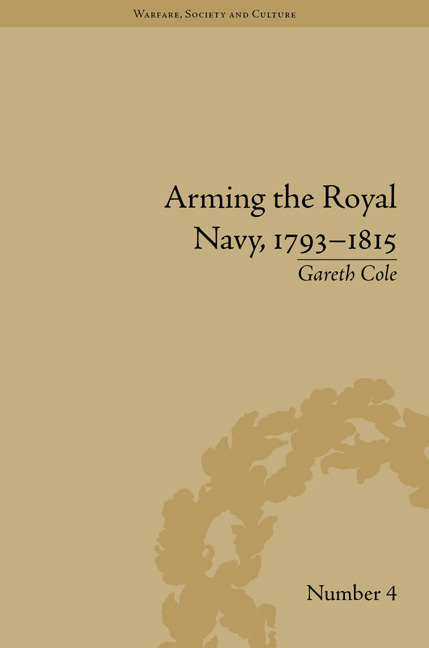Book contents
- Frontmatter
- CONTENTS
- Acknowledgements
- List of Figures and Tables
- Introduction
- 1 The Office of Ordnance and Its Mode of Operation
- 2 Ordnance Relationships with Other Government Departments
- 3 Relations between the Ordnance and Its Contractors
- 4 The Supply of Gunpowder to the Royal Navy
- 5 The Supply of Iron Ordnance to the Royal Navy
- 6 Ordnance Shipping
- 7 The Operations of the Ordnance Outports
- Conclusion
- Notes
- Works Cited
- Index
1 - The Office of Ordnance and Its Mode of Operation
- Frontmatter
- CONTENTS
- Acknowledgements
- List of Figures and Tables
- Introduction
- 1 The Office of Ordnance and Its Mode of Operation
- 2 Ordnance Relationships with Other Government Departments
- 3 Relations between the Ordnance and Its Contractors
- 4 The Supply of Gunpowder to the Royal Navy
- 5 The Supply of Iron Ordnance to the Royal Navy
- 6 Ordnance Shipping
- 7 The Operations of the Ordnance Outports
- Conclusion
- Notes
- Works Cited
- Index
Summary
The Office of Ordnance is governed by a Master General, and a Board under him, all appointed by separate Letters Patent. The Board consists of five principal officers; the Lieutenant General, the Surveyor General, the Clerk of the Ordnance, the Storekeeper, and the Clerk of the Deliveries; any three of whom form a Board…The Board are subordinate to the Master General; but if he does not interfere, they are competent of themselves to carry on all the official business. They can make Contracts and Agreements for the purchase of Stores, and performance of services, and direct the Issue of Money; and, during the absence of the Master General, or vacancy of the Office, the whole executive power devolves on the Board.
‘Board’ or ‘Office’ of Ordnance
John Ehrman has said that, ‘unlike other military offices it was master of its own house, administratively and financially, through the Master-General and the Board’. As this ‘house’ has never really been studied, confusion and generalizations have arisen. This chapter will outline the structure of the department.
The Office of Ordnance has commonly become known as the Board of Ordnance. However, this is a misnomer. It was known as the Office of Ordnance by its contemporaries. The ‘Board of Ordnance’ was only one aspect, albeit important, of the department.
Between 1797 and 1829, no more than 40 per cent of the officers and clerks employed by the Ordnance worked at the centre.
- Type
- Chapter
- Information
- Arming the Royal Navy, 1793–1815The Office of Ordnance and the State, pp. 11 - 36Publisher: Pickering & ChattoFirst published in: 2014



